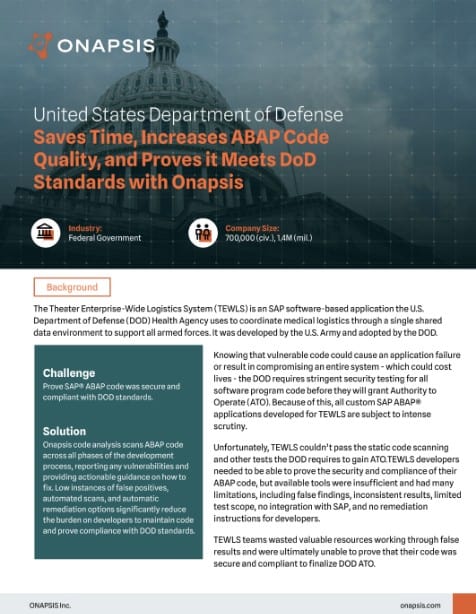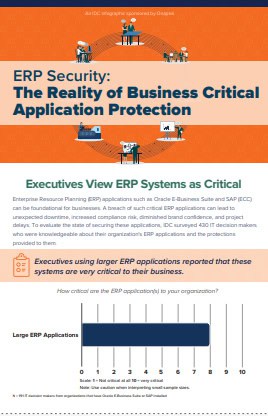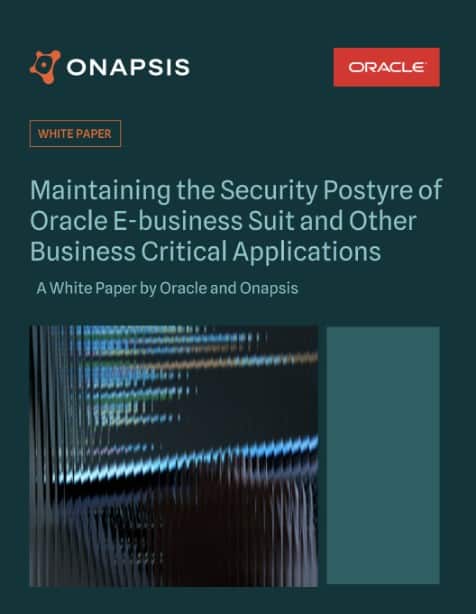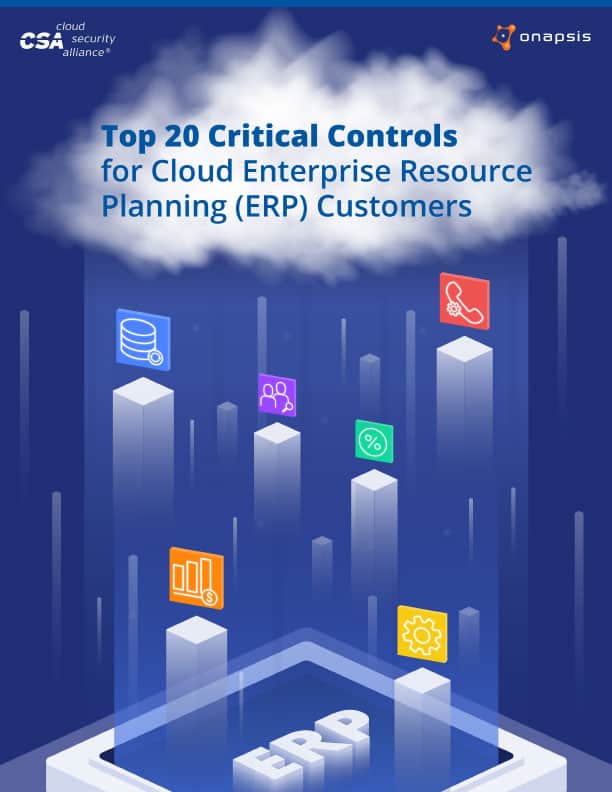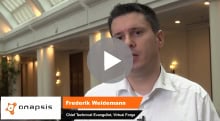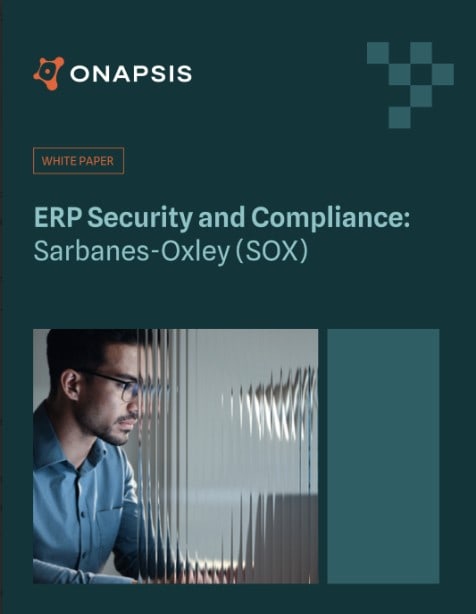5 HERAUSFORDERUNGEN FÜR DEN CIO
The Chief Information Officer (CIO) holds responsibility for all IT decisions affecting the company, a task that has increased in complexity in recent years. This e-book reviews five challenges CIOs face when dealing with SAP security, including recommendations for overcoming these challenges.


